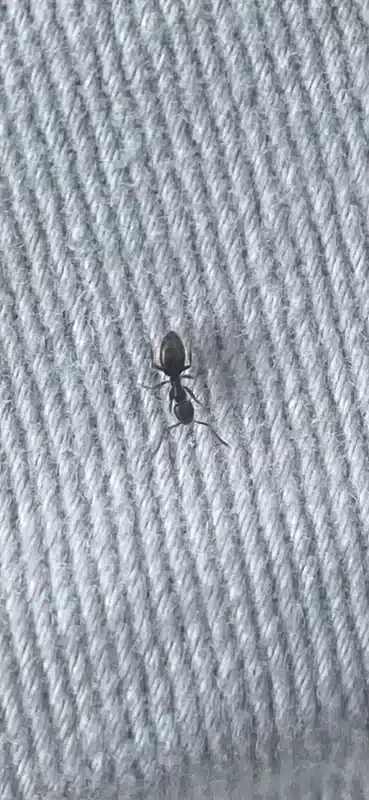Finding ants in your dishwasher can be frustrating and unsanitary. These tiny invaders are drawn to food residue, moisture, and warmth that dishwashers provide. Over the years working with homeowners throughout the DC metro area, I’ve learned that simply wiping away visible ants rarely solves the problem.
The key to eliminating ants in dishwasher units requires a thorough approach. You need to address the root causes, clean thoroughly, seal entry points, and target the entire colony - not just the ants you can see.
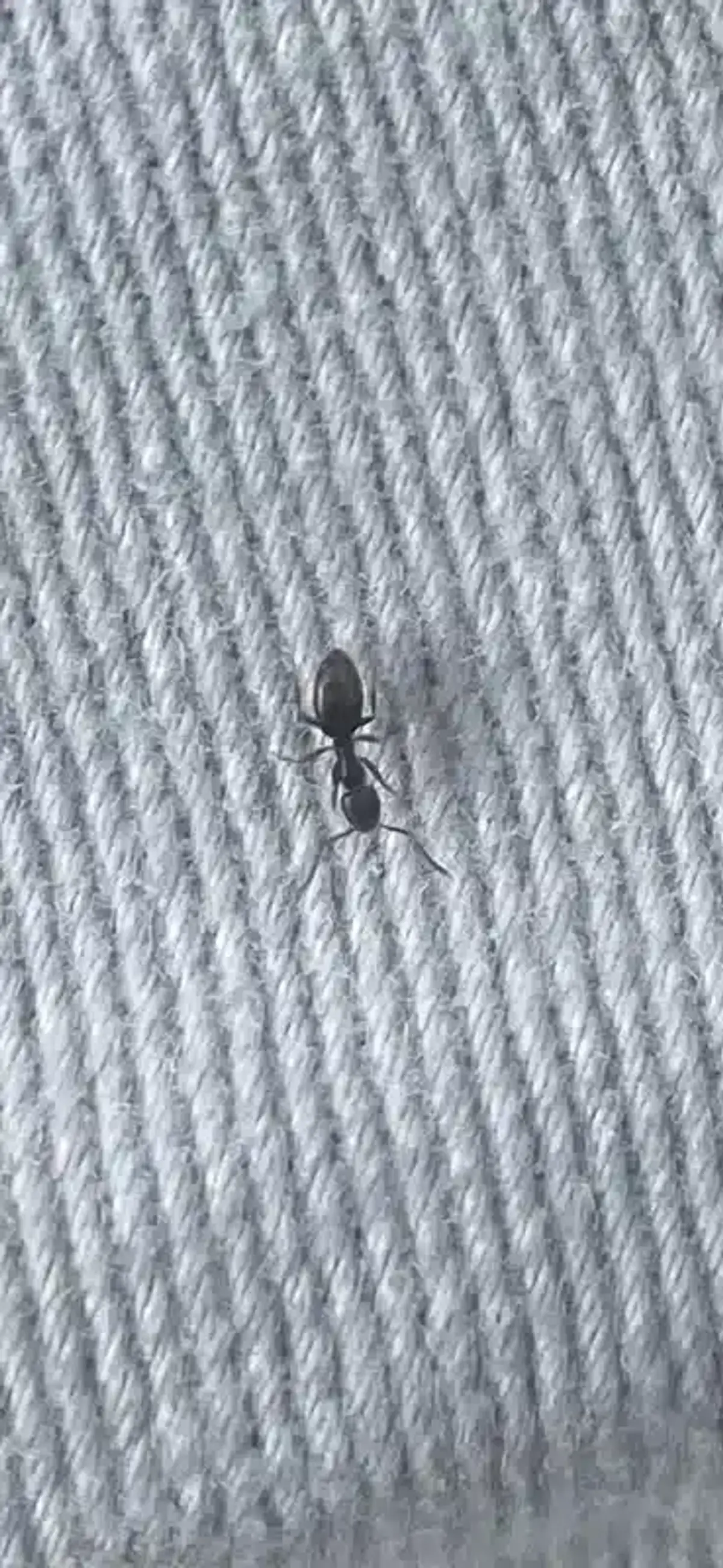
Why Ants Target Your Dishwasher
Dishwashers create the perfect environment for ants. Understanding what attracts them helps you eliminate the problem more effectively.
Food Residue Attracts Foraging Ants
Even after a wash cycle, tiny food particles remain in filters, door seals, and drain areas. These starches, proteins, and sugars are exactly what common kitchen ants like sugar ants and odorous house ants seek out.
From my experience helping customers, most people don’t realize how much food residue accumulates in hidden areas. The filter alone can hold enough particles to feed an entire ant colony for weeks.
Moisture Creates an Ideal Habitat
Ants need water to survive, and dishwashers provide constant moisture. The humid environment inside the tub, around door seals, and near drain hoses attracts species like pharaoh ants that specifically seek out water sources in kitchens.
What does the science say? 🧬
According to the University of Minnesota Extension, ants are particularly drawn to moisture in kitchen and bathroom areas where they can establish nearby colonies. Research shows that many common household ant species have specific water requirements and will actively search out humid environments like dishwashers, especially during dry periods when outdoor water sources are limited.
Warmth Provides Shelter
The heat from wash and dry cycles makes dishwashers attractive nesting spots. Ants prefer warm, protected areas near motors or insulation where they can establish satellite colonies.
This is especially problematic during winter months when outdoor colonies send scouts indoors seeking heated spaces. I’ve seen cases where entire ant colonies moved into the insulation around dishwashers during cold snaps.

Common Entry Points for Ants in Dishwashers
Ants find multiple ways into your dishwasher. Identifying these entry points helps you seal them effectively.
Door Seals and Gaskets
The rubber seals around dishwasher doors develop small gaps over time. These provide perfect entry points for tiny sugar ants that can squeeze through surprisingly small spaces.
I regularly find ant trails leading directly through worn door seals. Food particles often get trapped in the folds of these gaskets, creating both an entry point and a food source.
Plumbing Connections
Gaps around water supply lines, drain hoses, and electrical connections offer easy access. These openings are often overlooked during installation but provide highways for ant movement.
The connection to your garbage disposal is particularly problematic. Poor connections can allow food-contaminated water to back up, creating an ant magnet.
Cabinet and Kick Plate Gaps
Spaces under kick plates and around leveling legs give ants ground-level access. Once inside the cabinet space, ants can easily climb up into the dishwasher mechanism.
Immediate Steps to Get Rid of Ants in Dishwasher
When you first notice ants, take these immediate actions to disrupt their activity and prevent the problem from spreading.
Remove All Dishes and Visible Ants
Empty the dishwasher completely and vacuum or wipe away all visible ants. Use soapy water to clean ant trails - this destroys the pheromone scent that guides other ants to the food source.
Don’t just brush ants away. According to the UC Statewide IPM Program, eliminating pheromone trails is crucial for breaking the cycle of ant recruitment.
Run an Empty Hot Cycle with Vinegar
Place one cup of white vinegar on the top rack and run a high-heat cycle. This helps degrease surfaces and remove odors that attract ants.
For extra cleaning power, add half a cup of baking soda to the bottom of the tub before adding vinegar. The effervescence helps break down stubborn food residue.
Flush the Drain System
Pour half a cup of baking soda followed by half a cup of vinegar down the dishwasher drain. Wait 15 minutes, then follow with a kettle of boiling water.
This process cleans both the dishwasher drain and any connected garbage disposal components where ants often establish feeding sites.
Essential Emergency Steps
- Immediate Safety: Remove all dishes and clean with soapy water before using them
- Disruption: Vacuum visible ants and wipe away pheromone trails with vinegar solution
- Deep Clean: Run an empty hot cycle with vinegar to kill remaining ants and remove food odors
- Drain Treatment: Flush the drain system with baking soda and vinegar to eliminate attractants

Deep Cleaning to Eliminate Ants Behind the Dishwasher
A thorough cleaning removes the food sources and odors that keep attracting ants back to your dishwasher.
Clean the Filter System
Remove the bottom dish rack and twist out the filter (location varies by model). Scrub it under hot water with mild dish soap, then soak for 30 minutes in warm water mixed with vinegar.
Many homeowners never clean their filters, allowing massive food buildup. I’ve seen filters so clogged with debris they could feed ant colonies for months.
Sanitize Door Seals and Hidden Areas
Use a microfiber cloth with diluted vinegar to clean door seals, hinge wells, and the detergent cup. Pay special attention to the folds in rubber gaskets where food particles hide.
Remove spray arms if your model allows it and clear any blocked holes. This prevents future food accumulation that attracts ants.
Clean the Cabinet Area
Remove the toe kick panel and vacuum out any crumbs or debris. Check the insulation blanket for moisture and dry it if needed.
This step often reveals extensive ant activity that homeowners never see. The space under dishwashers can harbor significant food debris that draws ants from throughout the kitchen.
Sealing Entry Points Around Your Dishwasher
Physical exclusion prevents ants from accessing your dishwasher even if they’re attracted to it.
Seal Plumbing Penetrations
Use caulk or expanding foam around water lines, drain hoses, and electrical conduits. These gaps often provide the main highways for ants moving through walls.
Pay special attention to the garbage disposal connection. According to The Spruce, proper drain hose routing prevents backflow that can attract ants.
Replace Worn Door Gaskets
If door seals show cracks or permanent deformation, replace them. Even small gaps allow continuous ant access no matter how well you clean.
Weather-strip cabinet gaps and install new gaskets around the toe kick area. These relatively inexpensive fixes can eliminate multiple entry points at once.
Dealing with Ants: Colony Source Treatment
Eliminating ants in your dishwasher requires targeting the entire colony, not just the workers you see foraging.
Track Ant Trails to the Source
Follow ants leaving your dishwasher to find their nest location. Common nesting sites include wall voids behind the dishwasher, exterior foundation cracks, or nearby cabinets.
In my experience, ants often use plumbing and electrical channels as highways between their nest and your dishwasher. Understanding ant colony dynamics helps explain why treating just visible ants fails.
Use Targeted Bait Strategies
Place slow-acting bait stations along ant trails and around the cabinet perimeter. Choose sweet liquid baits for sugar ants or protein-based baits for other species.
Avoid contact sprays that can cause colony “budding” where the colony splits into multiple smaller colonies. This actually makes your ant problem worse.
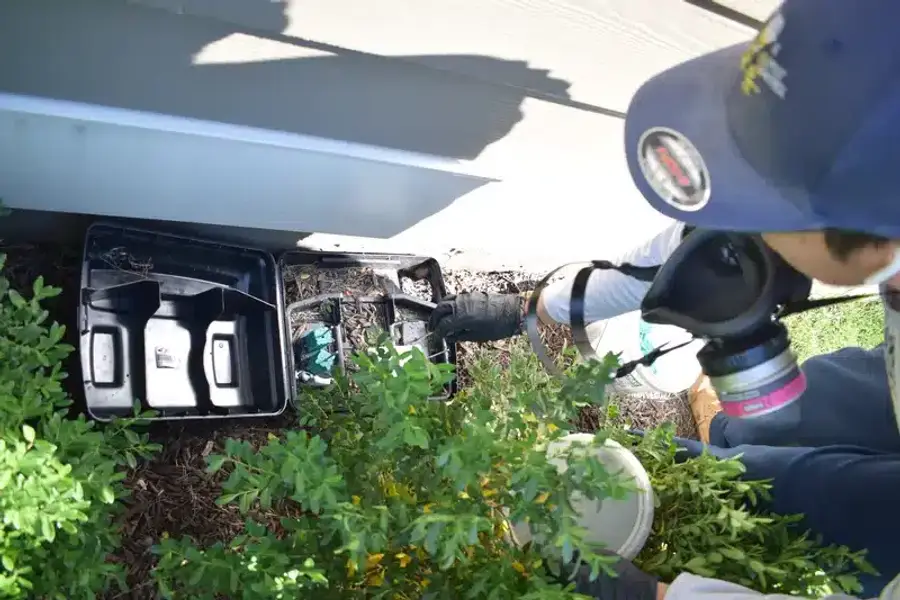
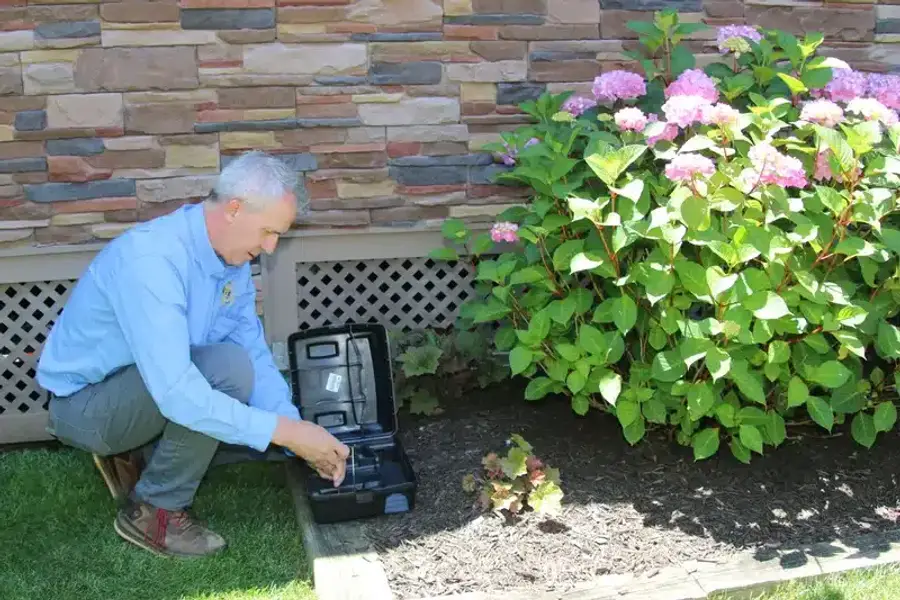
Monitor and Adjust Treatment
Check bait stations every few days for the first week. Refresh or change bait types if acceptance drops. Remove other food sources so ants focus on the bait.
Colony elimination typically takes 7-10 days. Be patient - rushing the process with contact sprays often leads to treatment failure.
| Aspect | Bait Stations | Contact Sprays |
|---|---|---|
| Effectiveness | Targets entire colony | Only visible ants |
| Timeline | 7-14 days | Immediate |
| Best For | Permanent elimination | Emergency cleanup |
Preventing Future Ant Problems in Your Dishwasher
Consistent maintenance keeps ants from returning to your dishwasher once you’ve eliminated the current problem.
Establish Daily Cleaning Habits
Scrape large food chunks before loading dishes and run your garbage disposal before starting the dishwasher. This prevents food buildup that attracts ants.
Pre-rinsing isn’t always necessary for dish cleaning, but it significantly reduces the food residue that brings ants back.
Monthly Maintenance Tasks
Clean your dishwasher filter monthly or according to manufacturer recommendations. Wipe door gaskets weekly to remove food particles and moisture.
Regular maintenance prevents the buildup that makes dishwashers attractive to ants in the first place. I’ve found that customers who follow these simple steps rarely have repeat ant problems.
Seasonal Prevention Steps
Inspect and re-caulk utility penetrations each spring when ant activity typically increases. Keep the sink cabinet dry and fix any leaks immediately.
Maintain proper drain hose routing when remodeling kitchens. The high-loop or air-gap configuration prevents contaminated water from flowing back into your dishwasher.
Products to Use Around Your Dishwasher
Choose cleaning and treatment products carefully since dishwashers handle items that touch food.
Recommended Cleaning Solutions
White vinegar, baking soda, and mild dish soap are excellent for regular cleaning. These products effectively remove food residue and odors without leaving harmful residues.
For targeted ant treatment, food-grade diatomaceous earth can be applied in cabinet areas away from the dishwasher interior. Baking soda-based remedies provide another option for food-area applications.
Professional-Grade Options
EPA-registered borate, abamectin, or fipronil gel baits in closed stations provide effective colony control. These products target ants while minimizing exposure to food preparation areas.
All the products our team uses are EPA-approved and have passed through our internal research process. Each product is one we would feel comfortable using in our own homes.
Products to Avoid
Skip aerosol sprays and perimeter treatments inside kitchens. These products may leave residues on food-contact surfaces and often fail to reach the queen ant that’s reproducing the colony.
When to Call Professional Help for Dishwasher Ants
Some ant problems require professional intervention, especially when home remedies fail to provide lasting results.
Signs You Need Professional Treatment
Call for professional help if ants return after 2-3 bait cycles or if you’re dealing with pharaoh ants that can establish multiple colonies. These species are particularly difficult to eliminate without professional-grade treatments.
From my experience, customers who only treat visible ants without addressing the hidden colony almost always see the problem return within weeks.
Complex Entry Point Issues
Professional treatment becomes necessary when ant nests are located in electrical panels, built-in appliances, or wall voids that require disassembly to access.
Licensed technicians have the tools and knowledge to safely eliminate ant colonies in these sensitive areas without damaging your appliances or home systems.
Persistent Infestations
If you’re unable or uncomfortable accessing confined plumbing areas, or if the same problem keeps returning despite your efforts, professional treatment often ends up saving significant time and frustration.
Our integrated approach addresses both the immediate ant problem and the underlying conditions that allow them to establish in dishwashers.
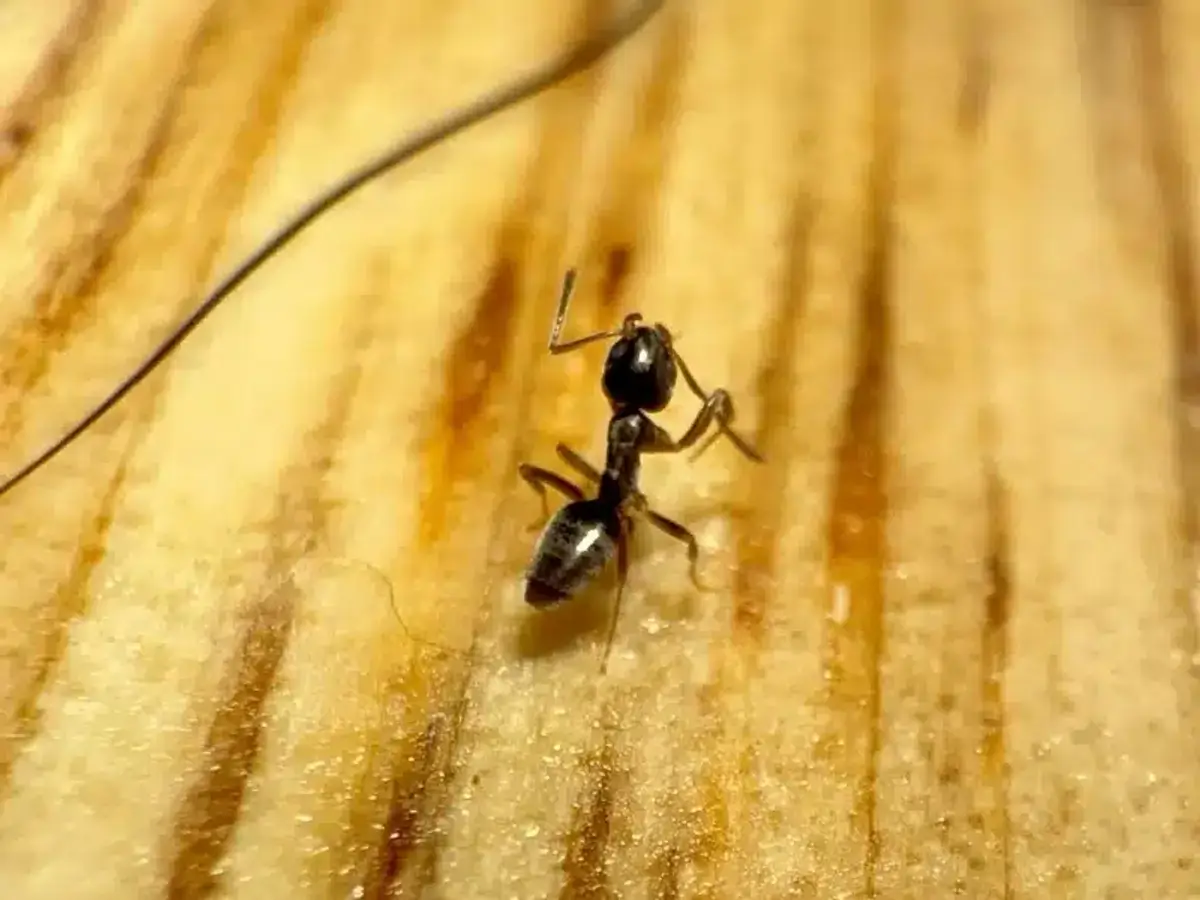
Long-Term Success with Dishwasher Ant Control
Eliminating ants in dishwasher units requires patience and consistency. The most successful approach combines immediate action, thorough cleaning, physical exclusion, and colony-level treatment.
Remember that addressing only the visible ants rarely provides lasting results. Focus on removing attractants, sealing entry points, and targeting the entire colony for permanent elimination.
Regular maintenance and monitoring prevent future problems. Most homeowners who follow this comprehensive approach successfully keep their dishwashers ant-free long-term.
If you’re dealing with persistent ant problems or need help identifying the best treatment approach for your situation, our licensed technicians can provide expert guidance. Call us at 703-683-2000 or email info@bettertermite.com for a consultation about protecting your kitchen from ant invasions.
Frequently Asked Questions
Why do ants keep coming back to my dishwasher even after cleaning?
+
Ants return because you're likely only addressing visible ants rather than the entire colony. The queen continues producing workers who follow established pheromone trails back to your dishwasher. You need to eliminate the colony source and thoroughly clean all pheromone trails to stop the cycle.
Can I use regular ant spray inside my dishwasher?
+
No, avoid using aerosol ant sprays inside dishwashers or food preparation areas. These products can leave harmful residues on surfaces that contact your dishes. Stick to food-grade solutions like vinegar, baking soda, and targeted bait stations placed outside the dishwasher interior.
How long does it take to completely eliminate ants from a dishwasher?
+
Complete elimination typically takes 7-14 days when using proper colony-level treatment methods. Immediate cleaning can stop visible ant activity within 24-48 hours, but eliminating the entire colony requires patience as worker ants carry bait back to the nest and affect the queen.
What's the most common entry point for ants in dishwashers?
+
Worn door seals and gaskets are the most common entry points. These rubber components develop small gaps over time that allow tiny ants to squeeze through. Plumbing connections and gaps around the toe kick panel are also frequent access routes.
Should I run my dishwasher if there are ants inside?
+
Remove all dishes first, then run an empty hot cycle with white vinegar to kill ants and clean residue. Don't run a cycle with dishes present when ants are active - this spreads contamination to your clean dishes.
Are ants in my dishwasher a sign of a larger problem?
+
Yes, ants in your dishwasher usually indicate a colony established nearby, often in wall voids, under cabinets, or outside your foundation. The dishwasher ants are just foraging workers - the real problem is the breeding colony that needs to be located and eliminated.
Can ants damage my dishwasher?
+
While ants don't directly damage dishwasher components, they can clog filters and spray arm holes with debris they carry. Large infestations may also interfere with door seals and electrical connections if they establish nests in the insulation areas.
What attracts ants to dishwashers more than other appliances?
+
Dishwashers provide the perfect combination of food residue, constant moisture, and warmth that ants need to survive. Unlike other appliances, dishwashers regularly process food waste and maintain humid conditions that attract water-seeking ant species.
With five years of hands-on experience in the pest control industry, George Schulz is a registered technician with the Virginia Pest Management Association and a proud third-generation professional in a family business that's been protecting homes for over 57 years. He manages and trains a team of service pros while also leading internal research efforts—recently spearheading a deep-dive review of thousands of documents on pest control materials to hand-pick the most kid and pet friendly, most effective solutions tailored specifically for homes in the DC metro area.
